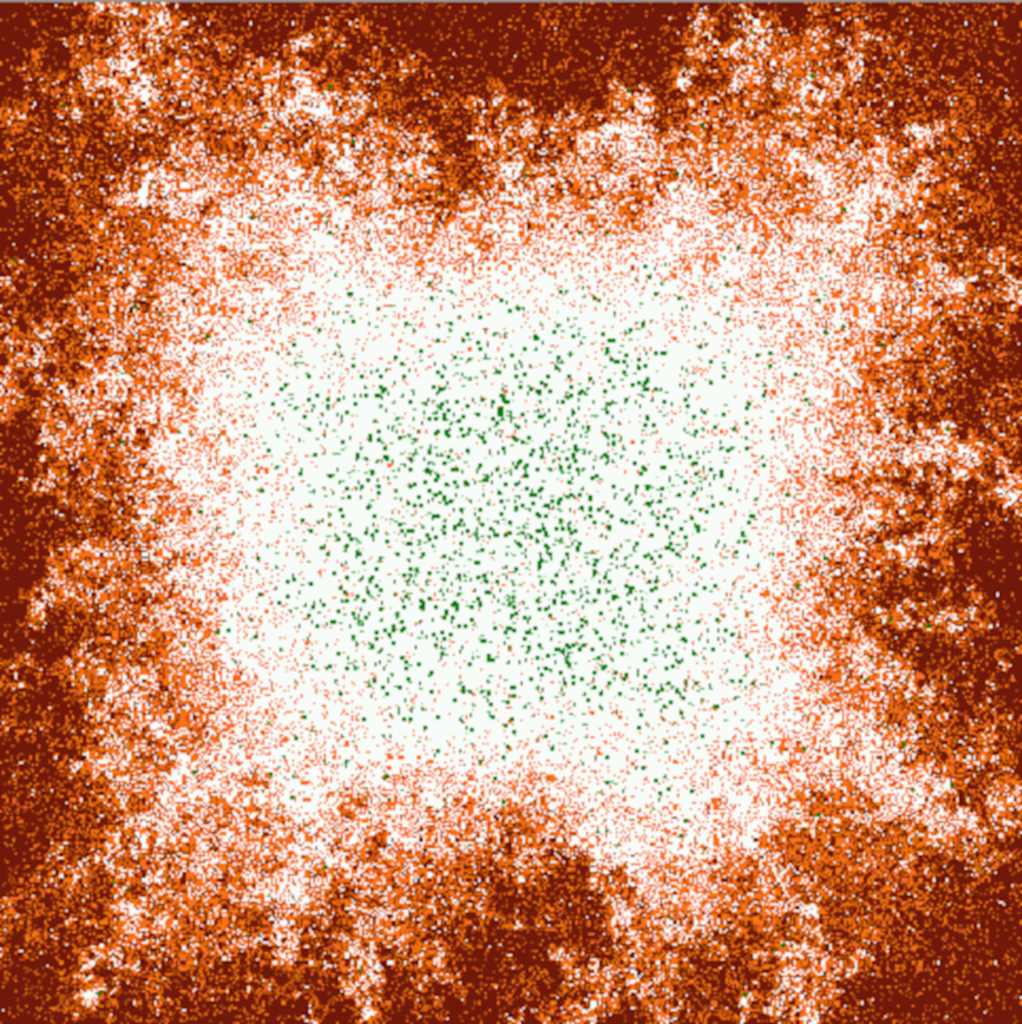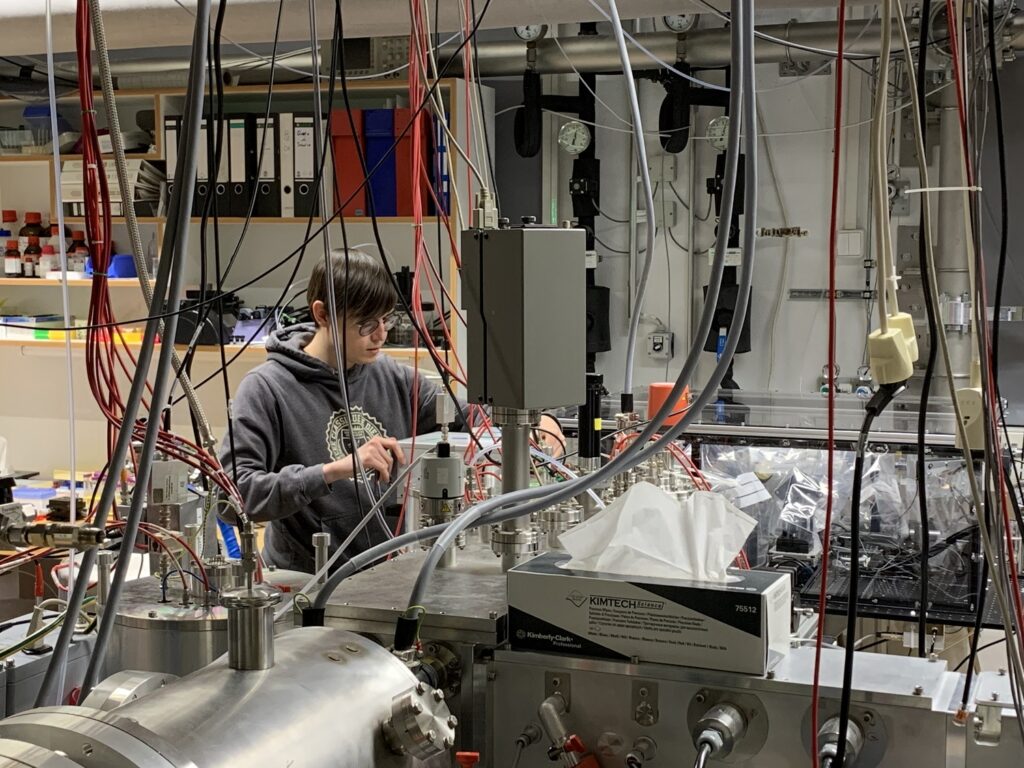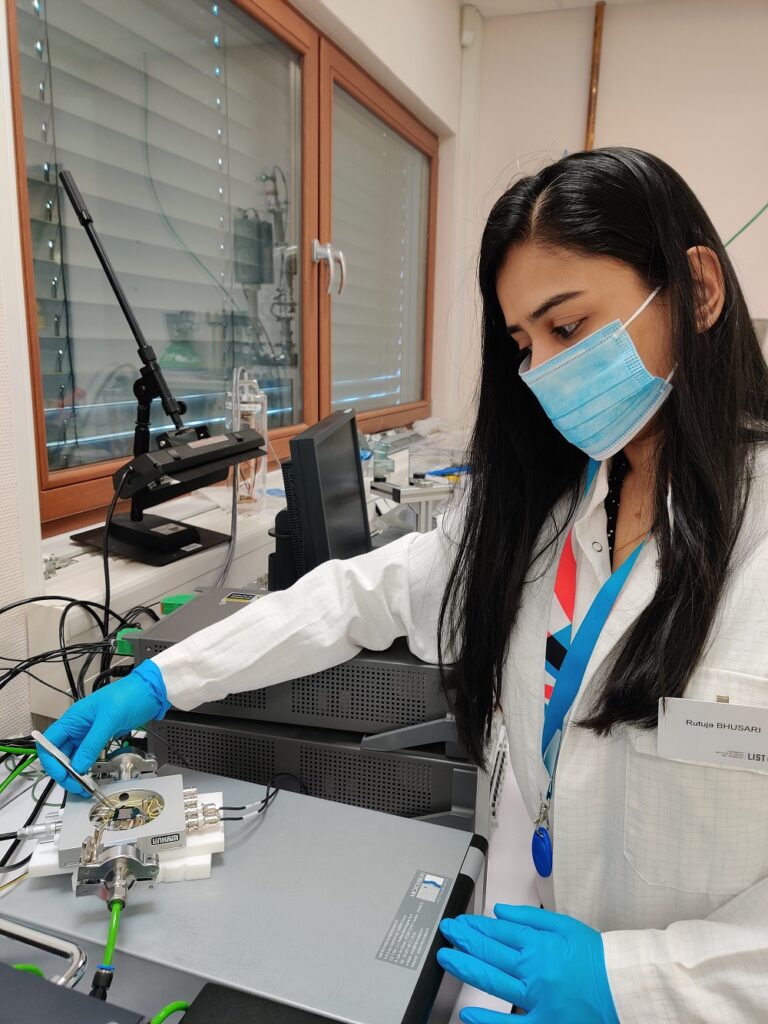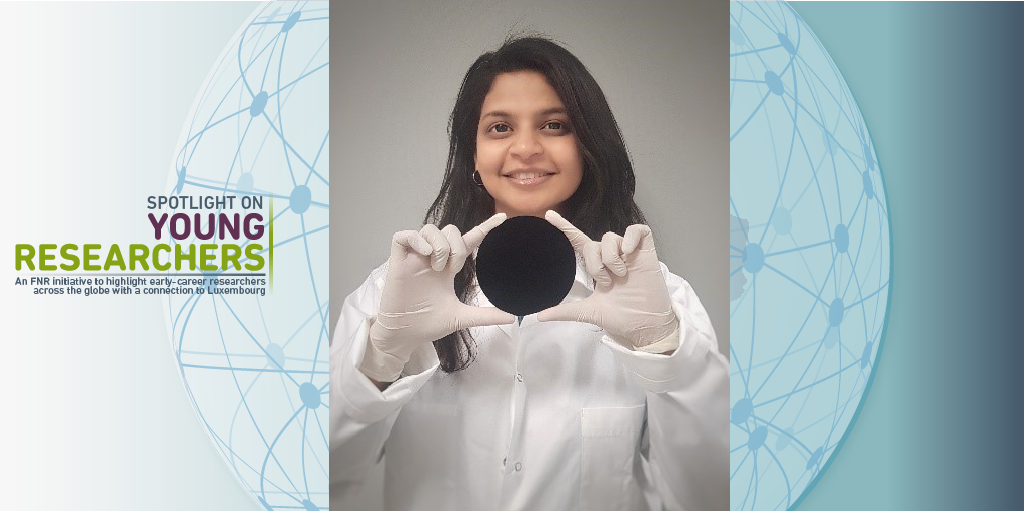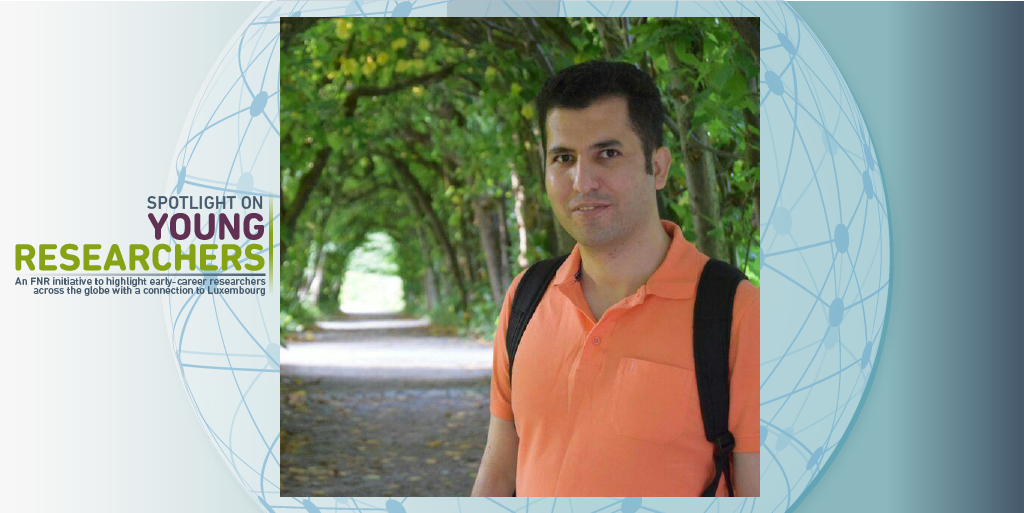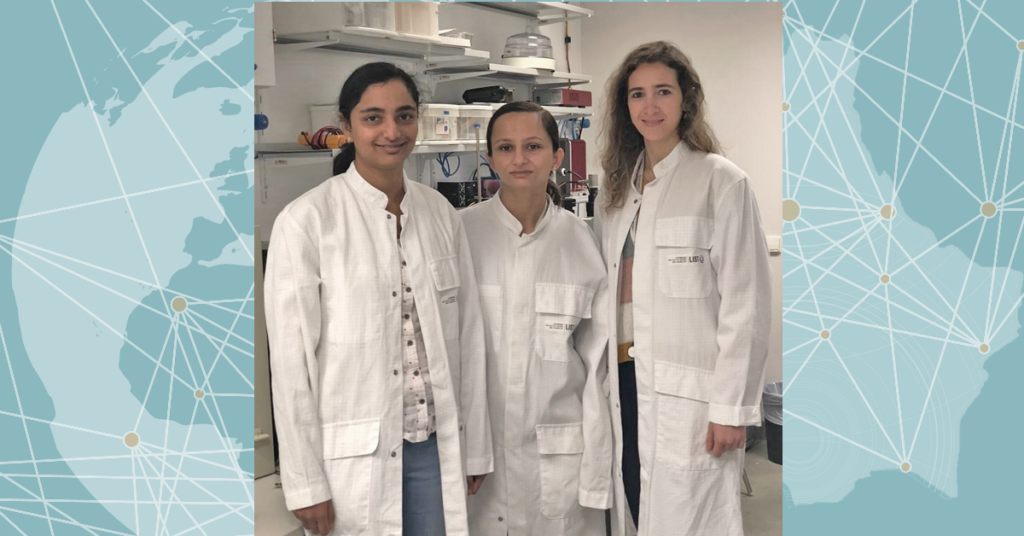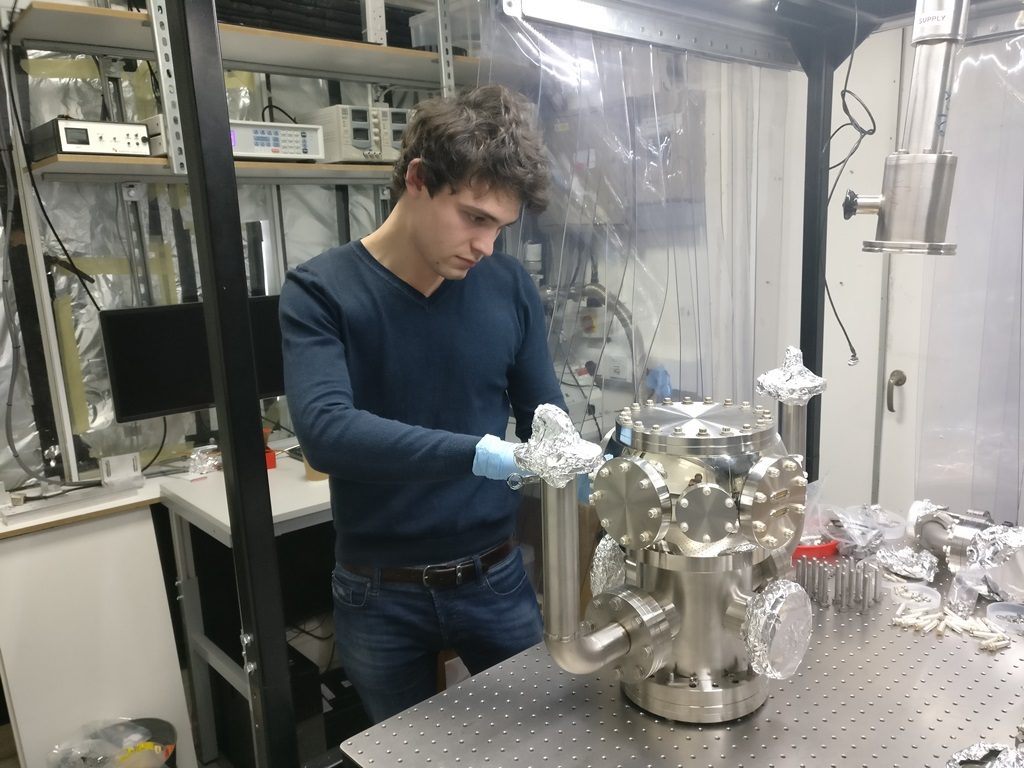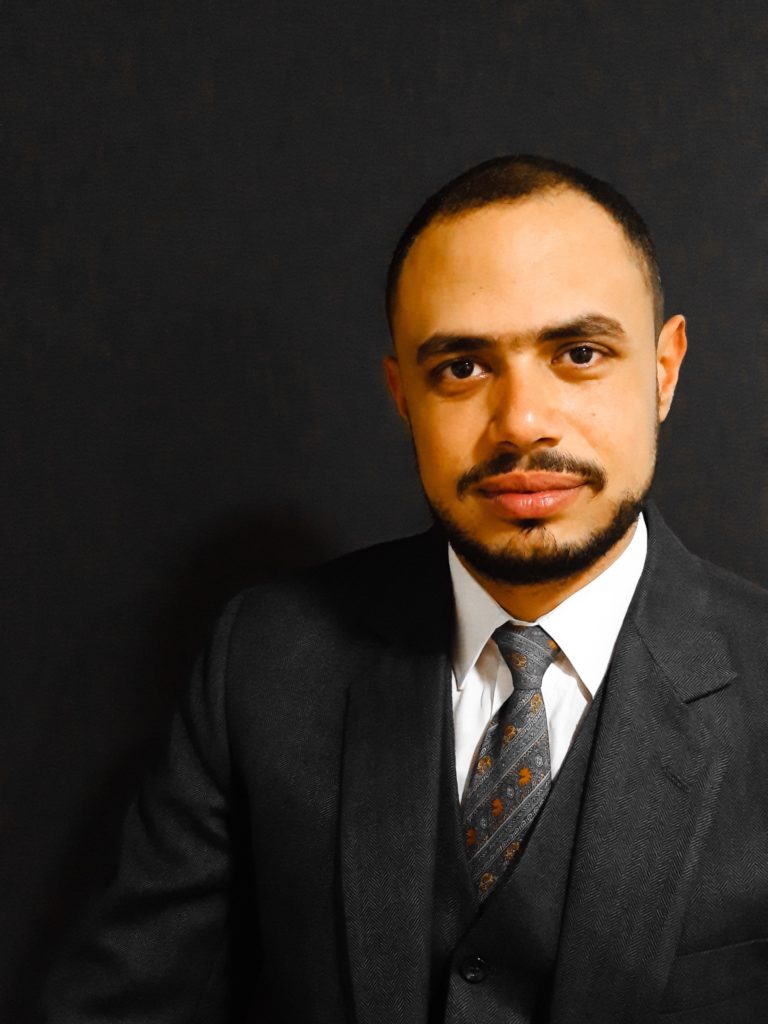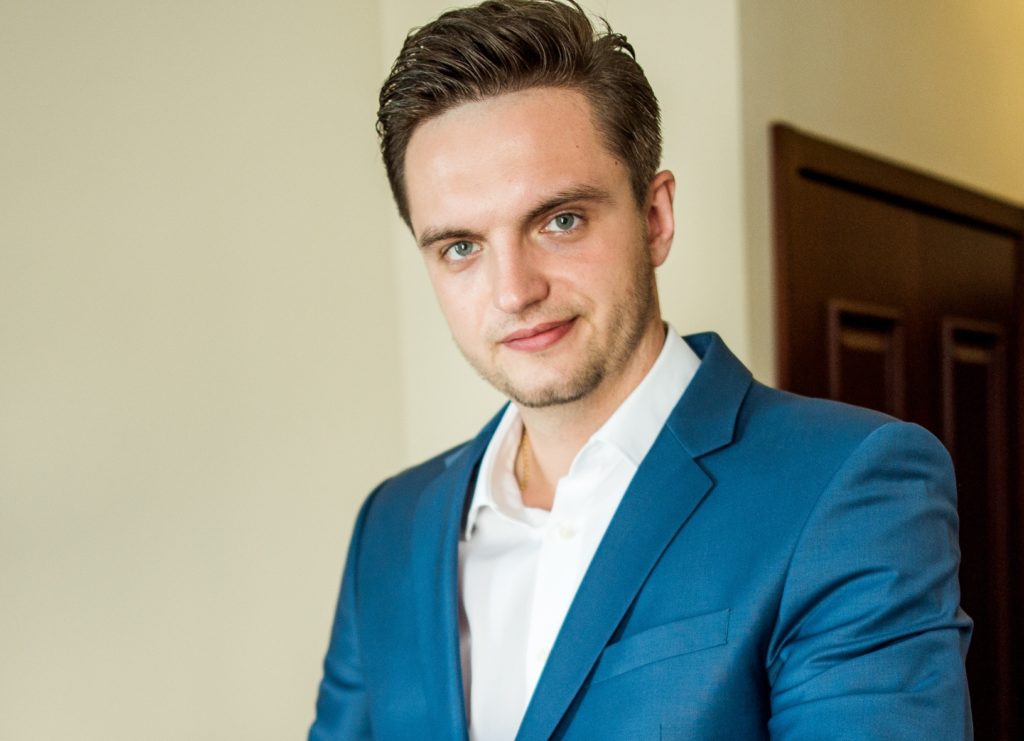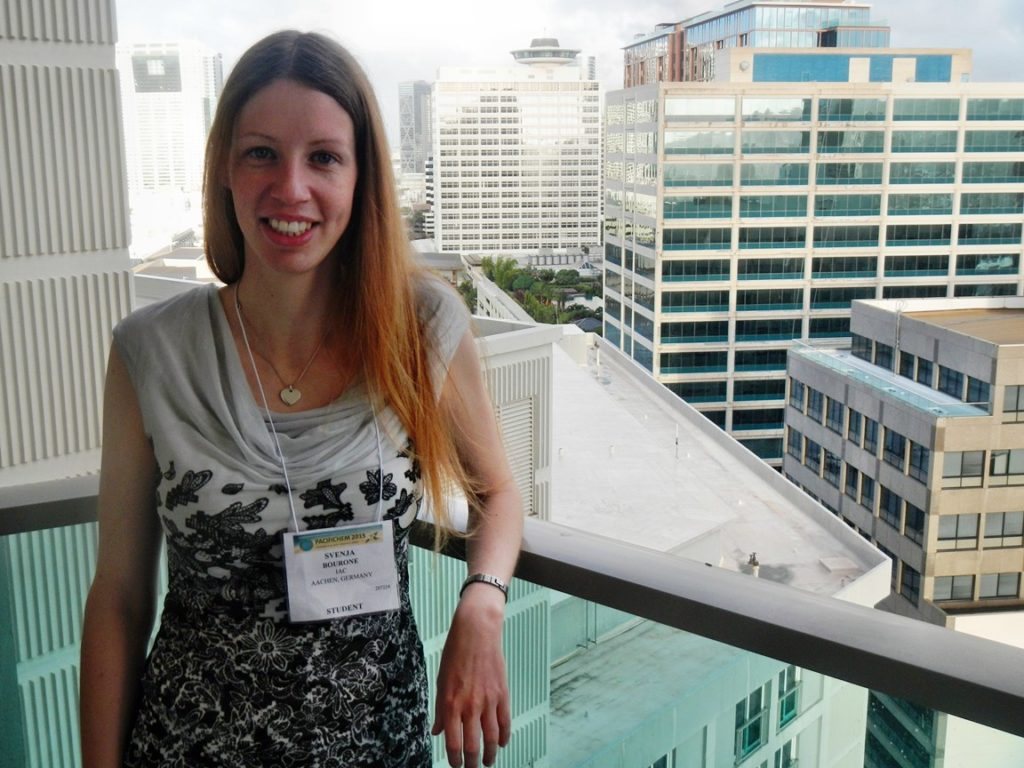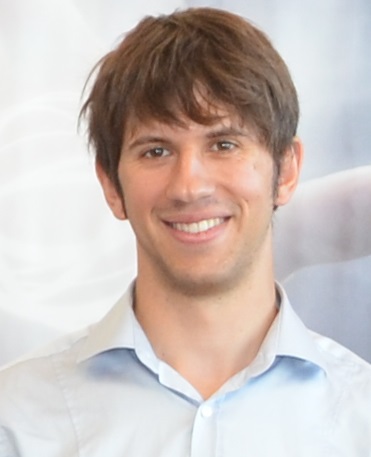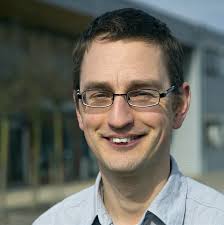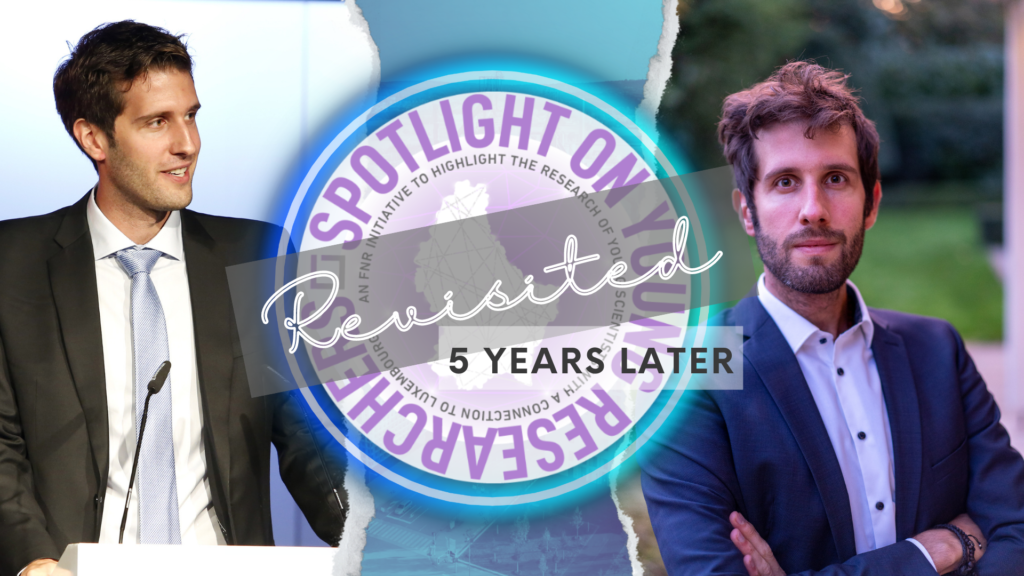
Energy is not generated; it is only changed. Physicist Riccardo Rao has dedicated his energy to find out more about the thermodynamic costs of these changes in biologically-inspired models.
It is well established that the overwhelming majority of biological processes occur far from thermodynamic equilibrium. Assessing their thermodynamic cost as well as their dissipation is essential to shed light on their working principles. Beyond simple biological processes made of a few components, nonequilibrium thermodynamic descriptions for complex living organisms like cells are missing. The PhD project of Riccardo Rao was focused on setting the foundations for such descriptions by formalising thermodynamics for generic far-from-equilibrium stochastic and chemical processes.
Understanding the energetic cost of these processes is crucial
“In brief, my research is motivated by the need to understand the mechanisms and processes underlying living organisms, and more specifically metabolism and signal transduction”, says the physicist. “From a thermodynamic perspective living organisms and their constituent parts can be regarded as engines”, he explains. “They burn fuels, respectively food, to carry on living or perform their function.”
It’s about energy: On one side, metabolism allows organisms to convert the energy from food in a form which they can use. On the other side, with signal transduction, cells use that energy to perform computation for sensing the environment, taking decisions or responding to stimuli. “I believe that understanding the energetic cost of these processes is crucial to better understand them”, Rao says.
Formalise notions from thermodynamics
Scientists from other research areas have developed mathematical descriptions which in some cases can be used to approximately describe the dynamics of these processes, for example, networks of chemical reactions for metabolism. “What I did during my PhD is to mathematically formalize notions from thermodynamics for these descriptions”, explains the young researcher.
As part of his doctoral thesis at the University of Luxembourg, which was supported by the AFR programme of the FNR, Rao showed that conservation laws are crucial to formulating nonequilibrium thermodynamic descriptions of these complex systems. He worked out this description for stochastic processes and chemical reaction networks, as these are essential to model cellular processes.
Fascination for the complexity of living organisms
Currently, the physicist is working at the Institute for Advanced Study in Princeton. “I am applying the theoretical tools that I developed to ecological systems”, he says. Once again, the idea is that these systems, for example, forests or communities of bacteria in their soils, can be regarded as engines: Energy is converted from one form to another, for instance from solar energy into mass by plants, which is subsequently degraded by animals feeding on plants and so on …
One of the goals of Rao’s post-doc project is to mechanistically understand and quantify these transformations of energy. He aims to understand the principles which underlie the complexity of these transformations: “In general, I feel extremely fascinated – and astounded – by the complexity and degree of sophistication that living organisms have achieved, at all scales: from ecosystems to cells.”
Riccardo Rao’s PhD project took place in the group of FNR ATTRACT Fellow and ERC grantee Prof Massimiliano Esposito – find out more about his and the group’s work.
This success story originates from the FNR 2018 Annual Report – view the Annual Report as PDF or interactive digital version
Update: Riccardo Rao received a 2019 FNR Award in the category Outstanding PhD thesis for this work. Discover more in the video below.
AFR
Individual PhD grants for candidates in Luxembourg and abroad.
DOMAIN: MS – New Functional and Intelligent Materials and Surfaces
PERIOD: 01.11.2014 to 31.10.2018









